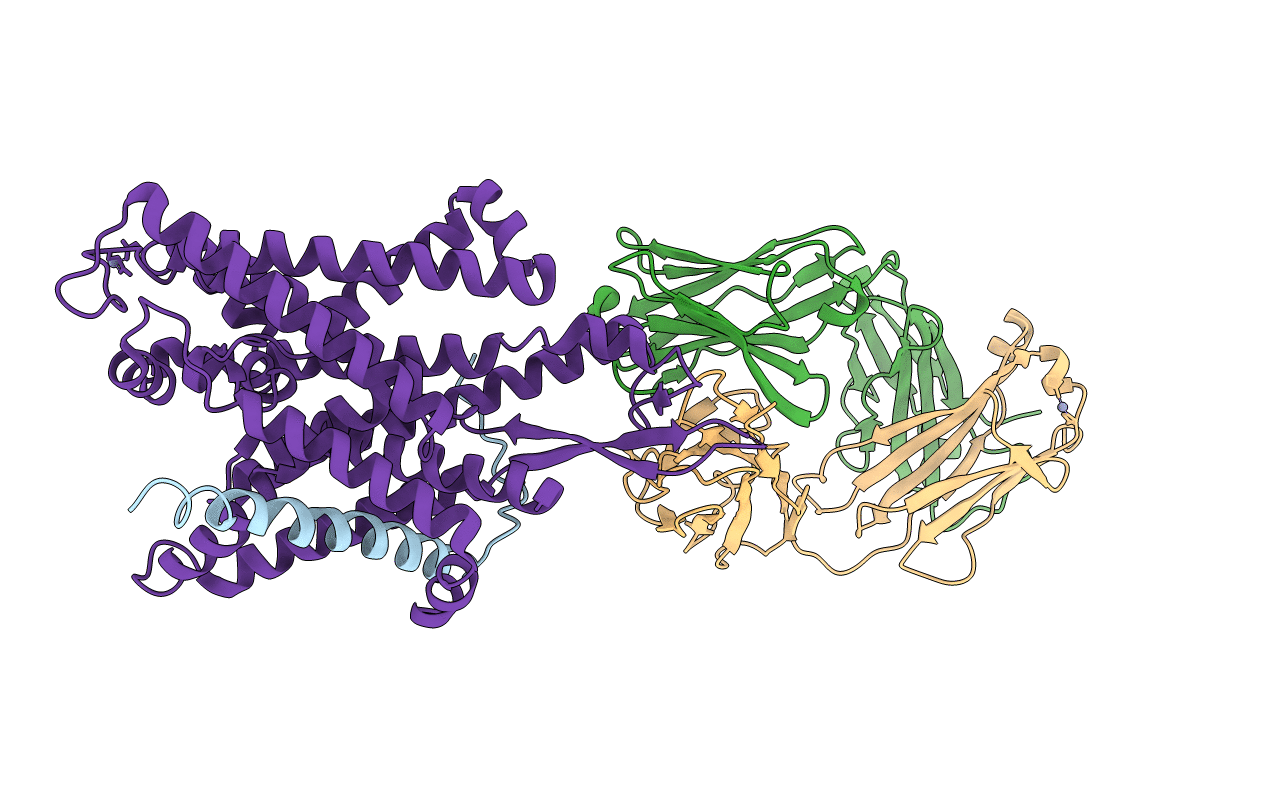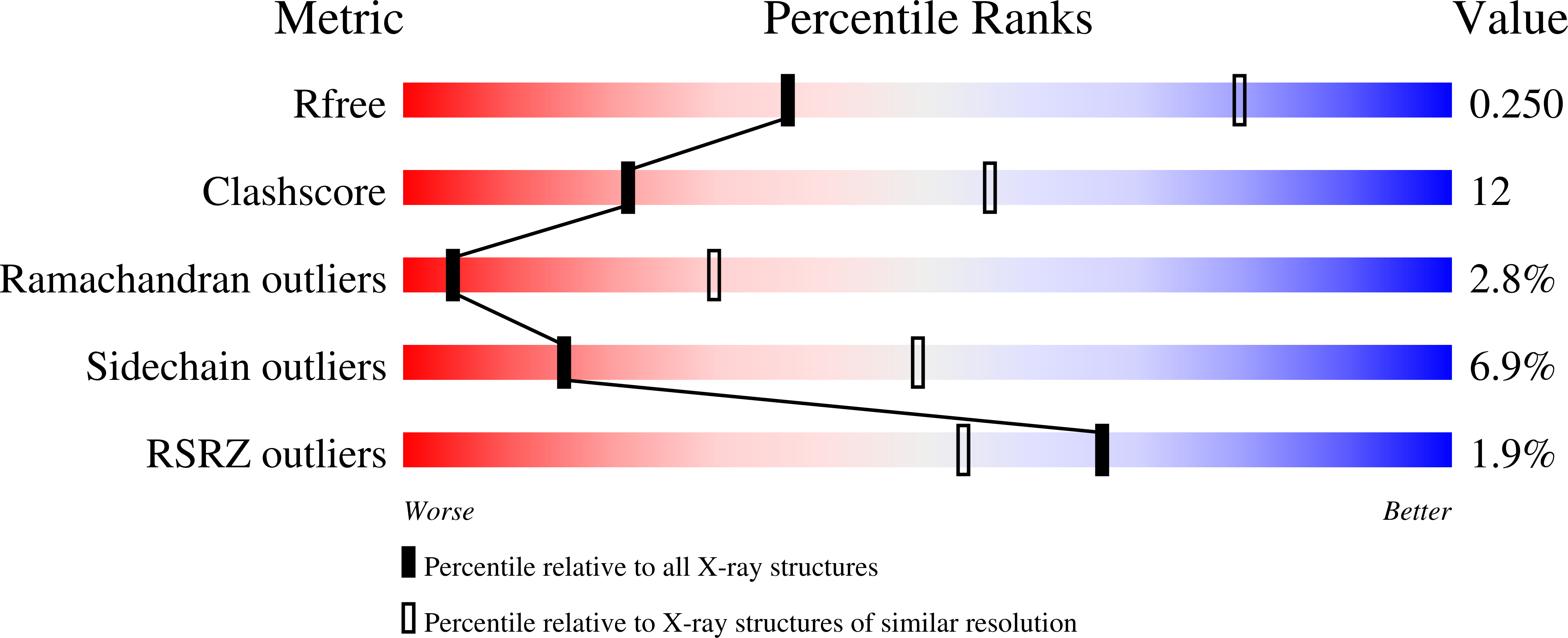
Deposition Date
2008-03-08
Release Date
2008-10-14
Last Version Date
2024-10-30
Entry Detail
PDB ID:
2ZJS
Keywords:
Title:
Crystal Structure of SecYE translocon from Thermus thermophilus with a Fab fragment
Biological Source:
Source Organism:
Thermus thermophilus (Taxon ID: 274)
Mus musculus (Taxon ID: 10090)
Mus musculus (Taxon ID: 10090)
Host Organism:
Method Details:
Experimental Method:
Resolution:
3.20 Å
R-Value Free:
0.27
R-Value Work:
0.24
R-Value Observed:
0.24
Space Group:
C 1 2 1


